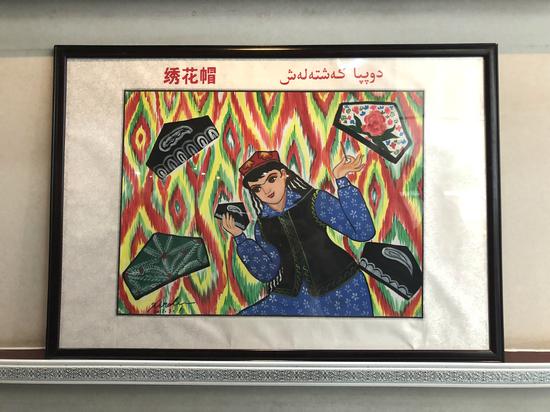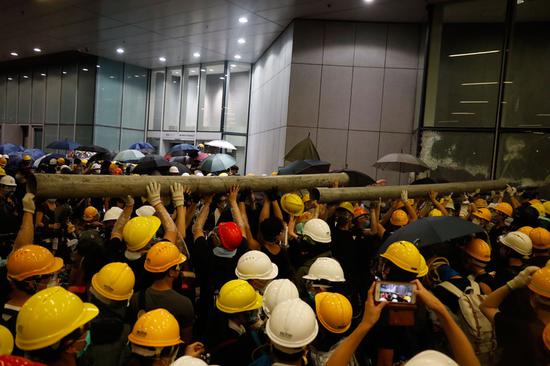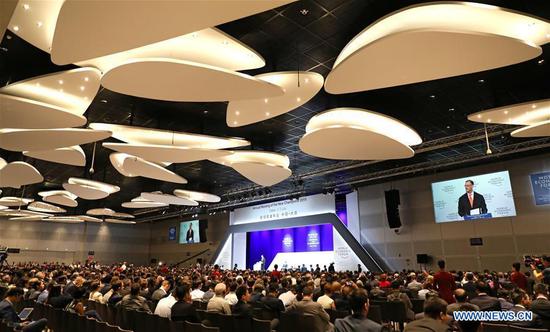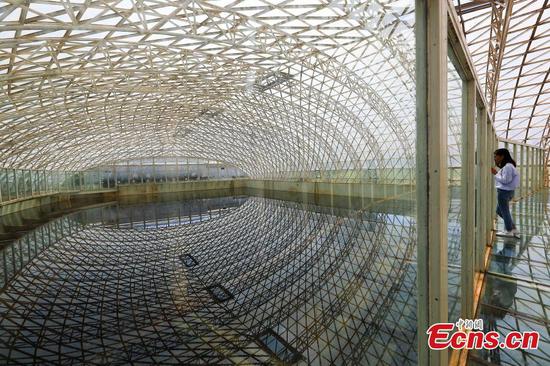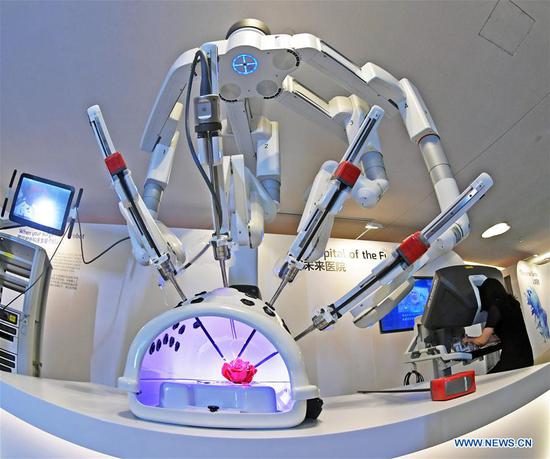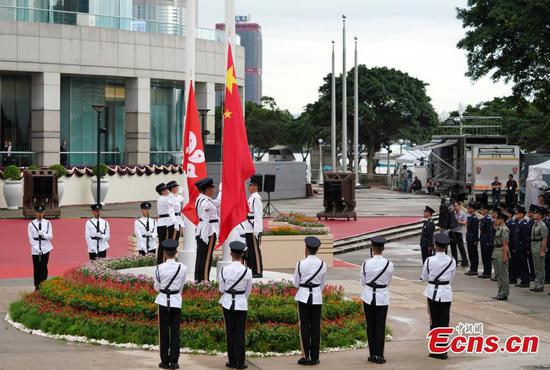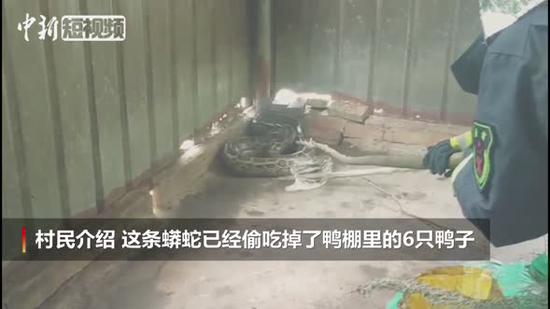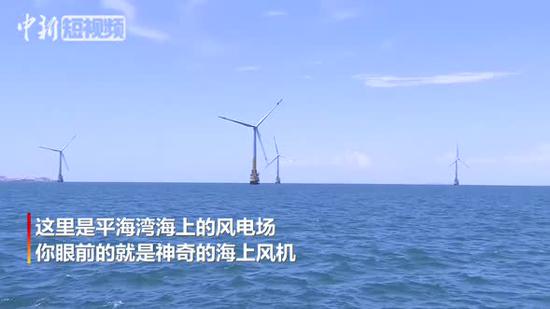
President Xi Jinping (R) meets with U.S. President Donald Trump in Osaka, Japan on June 29, 2019. (Photo by Feng Yongbin/chinadaily.com.cn)
The meeting between President Xi Jinping and U.S. President Donald Trump on June 29 was the prime focus at the G20 summit in Osaka, Japan, since it was held at a time when the China-U.S. economic and trade talks had suffered setbacks. The meeting may also offer insight into the future direction of their bilateral relations.
At the meeting, both sides agreed to restart trade talks based on mutual respect. The United States said it would not impose new tariffs on Chinese exports, laying the foundation for both sides to revive trade consultations.
Ahead of the Osaka meeting, the Trump administration had threatened an additional 25 percent tariff on $300 billion worth of Chinese products if the meeting failed to reach a consensus.
In the face of China's firm stand and pressure from the U.S. business community, the Trump administration softened its earlier position on China, saying it would not impose new tariffs on Chinese goods and hoped that China would increase the import of U.S. goods.
The restart of trade talks will stabilize bilateral relations and even promote global political and economic development. In more than one year of negotiations, the Trump administration has mounted pressure on China, triggering turmoil in global financial markets.
When the 11th round of trade consultations in May suffered a major setback, the U.S. pinned the blame on China. Under those circumstances, China said consultations should be based on equality and mutual respect, and each side should address the other's legitimate concerns.
China came out with a white paper, "China's Position on Economic and Trade Consultations". However, the U.S. made things difficult for Chinese telecommunications company Huawei by putting it on its Entity List, prohibiting U.S. companies from selling core components and technology to Huawei and its 70 subsidiaries.
The Office of the United States Trade Representative launched a public hearing procedure to raise tariffs to 25 percent on $300 billion of Chinese goods. However, measures to impose tariffs were opposed by most U.S. companies.
The measures that the U.S. has taken so far have caused anxiety among its business community. Many U.S. organizations, including the U.S. Chamber of Commerce and the U.S.-China Business Council, while voicing their concerns, hoped the China-U.S. meeting at the G20 summit could reach a positive outcome and end the trade friction.
More than 600 U.S. companies have lobbied the U.S. government, urging it to resolve the trade dispute with China.
Faced with tremendous pressure, the Trump administration decided to hold talks with China. The two sides agreed to meet at the G20 summit and reached a consensus on restarting consultations. At a news conference after the summit ended, Trump said U.S. companies can continue to sell components to Huawei.
China and the U.S. agreed to restart talks, which has set the direction for economic and trade consultations in the next stage. Xi said China is sincere in continuing trade negotiations and managing differences with the U.S..
On issues involving national sovereignty and dignity, China should safeguard its core interests. Differences between China and the U.S. will ultimately be resolved through dialogue and consultations.
At a time when trade protectionism is rampant, China has not only strived to maintain Sino-U.S. relations with patience and sincerity, but also implemented the multilateral trade rules through practical actions, once again demonstrating the image of a big yet responsible country.
The author is deputy director-general of the China Center for International Economic Exchanges' external affairs department. The views do not necessarily reflect those of China Daily.


















